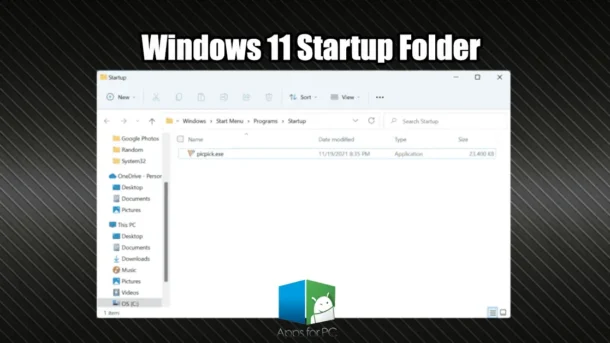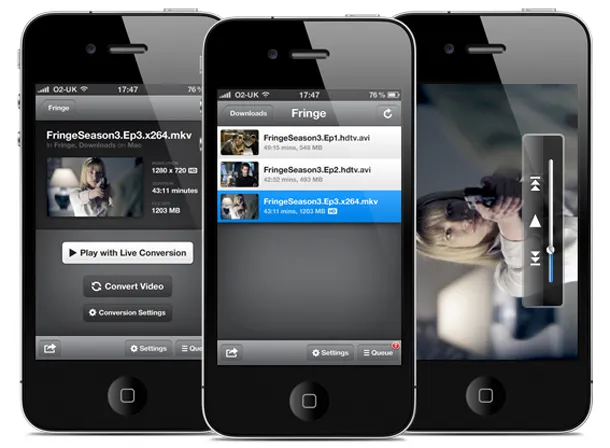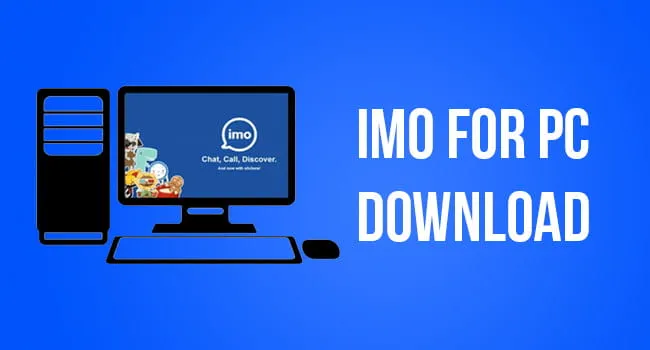What is the Windows 11 Startup Folder?
So, you wanna know about the Windows 11 Startup Folder, huh? Well, it’s basically your go-to spot for all those startup apps that you want to run when your computer boots up. You can easily find the startup folder using File Explorer or just hit the windows key and type “run.” In the run dialog, type “shell:startup” and press enter—boom, you’re in! If you’re coming from Windows 10, it’s pretty similar, but there are a few tweaks here and there. You can add or remove startup programs in Windows 11 to speed up your boot time or just keep it chill with your essential programs.
If you wanna manage your startup programs in Windows, you can also check out the Task Manager. Just right-click the taskbar, hit “Task Manager,” and switch to the Startup tab. There, you can see all your startup items and decide which ones should run at startup. Plus, there’s a startup folder for all users if you’re thinking of making changes that affect everyone using the computer. So, whether you’re looking to start with Windows or just keep things tidy, the Windows 11 startup folder location has got your back!
Why is the Startup Folder Important?
If you’re wondering why the Startup Folder is a big deal, let me break it down. This nifty little spot in your start menu is where you can control what programs launch when your PC boots up. To open the startup folder in Windows 10, you can just press enter after typing the right command in the address bar. From there, you can locate the startup folder and easily add apps or create a shortcut for the ones you want to launch automatically. It’s all about keeping your system startup smooth and efficient!
But, if you’ve got some unnecessary startup apps slowing you down, you can easily change startup programs in windows. Just navigate to the startup folder and see what you can copy and paste or delete. If your startup folder not working properly, it might be time to check the startup settings to ensure everything’s fine. Understanding everything about windows startup is key to a faster experience, so don’t sleep on it!
What Types of Programs Can Be Added to the Startup Folder?
So, you’re looking to spice up your startup folder in Windows 10? You can totally add programs to startup that you use all the time! Just navigate to the startup folder by typing “shell:startup” in the address bar or hit the run command and press enter. Once you’re there, you can copy and paste shortcuts to your favorite startup applications or even launch programs that you want to kick off automatically when your PC boots up. It’s all about making your life easier, right?
If you’ve got some unnecessary startup stuff slowing down your system startup, no worries! You can always check the startup settings in the Task Manager and change startup programs in Windows. Just look for the ones you don’t need, and say goodbye! And if you want to keep everything organized, remember to create a shortcut to the startup folder on Windows for quick access. Trust me, it’s all about making everything work smoothly!
Also, don’t get too wild with those apps to the startup folder. Too many can make your PC feel sluggish during the startup process. Just stick to the essentials, and you’ll be good to go! With a little tweaking, you can totally customize your start menu and have it launch exactly what you need, when you need it. That’s everything about Windows you need to know for a slick startup!
How Does the Startup Folder Affect System Performance?
So, let’s chat about the windows startup folder and how it messes with your system performance. When you add apps to the startup folder, those little programs automatically kick off every time you boot up your windows pc. You can easily find a shortcut to the startup folder or even use the run command to get there. If you’re not careful, you might end up with a bunch of unnecessary startup programs that slow down the whole startup process of your windows operating system.
Basically, programs run at startup can really spike your boot time. The latest windows versions have a nifty way to manage your startup list, letting you pick and choose which software programs you want to launch programs automatically. Just remember, every extra program you add to startup means a longer wait when it’s time you start your windows. So, keep that startup folder on windows clean and don’t let it get cluttered with random files and folders!
How Can You Locate the Windows 11 Startup Folder?
What Are the Different Methods to Access the Startup Folder?
If you’re looking to spice up your windows startup folder, there are a few cool ways to access it! First off, just hit that Windows + R key combo, type in “shell:startup,” and boom! You’ll find yourself in the startup in windows. This is where all those programs launch automatically when you boot up your windows pc. Don’t forget to check out the startup list to kick out any unnecessary startup programs that might be slowing you down.
Want to add essential programs? Just create a shortcut of the app and toss it in the folder to add it to startup. This way, the programs run at startup will include only what you need. If you’re rocking the latest windows like windows 11 startup apps, the startup apps list makes it super easy to manage. Just remember, the folder will automatically open every time you start your windows operating system! So, get in there and customize it to your heart’s content!
Where is the Startup Folder Located in Windows 11?
So, you wanna know where the startup in windows is, huh? Well, it’s pretty straightforward! If you want certain windows 11 startup apps to automatically run when your PC starts, you’ll need to find this folder. It’s where you can add essential programs by just dropping a shortcut of the app right in there. The startup folder to add apps is usually tucked away in your user profile.
To get there, hit the Windows key + R, type in “shell:startup,” and bam! You’re in the right place. This folder ensures that your favorite essential programs launch without you having to lift a finger. If you ever need to remove startup items, just delete the app shortcut from the desktop and they won’t pop up anymore. Easy peasy, right? Time to configure windows 11 to your liking!
Are There Hidden Files or Folders in the Startup Directory?
So, you’re wondering if there are any hidden files or folders hanging out in the different startup folder? Well, you’re not alone! Many folks don’t realize that your computer can have sneaky little files stashed away, especially if you’ve got a bunch of startup programs without even knowing it. It’s like a secret club that only your computer knows about! If you dig a bit deeper, you might just uncover some stuff that’s been hiding in plain sight, making your system slower than it needs to be. Time to do some detective work!
How to Add Programs to the Windows 11 Startup Folder?
What Are the Steps to Add a Program Manually?
So, you wanna add a program manually, huh? First things first, you’ll need to find that program’s installation file. You know, the one that ends with .exe or .dmg? Once you’ve got it, just double-click to kick things off.
Next, follow the prompts like a pro. Just click ‘Next’ a bunch of times until you hit ‘Finish’. Easy peasy! If it’s a program that needs to be added to your start menu or desktop, make sure to check those options during installation.
Finally, don’t forget to fire it up and check if it’s working like it should. If it’s all good, you’re golden! Just remember, if things go sideways, you can always hit up the program’s website for some troubleshooting tips.
Can You Create Shortcuts for Programs in the Startup Folder?
Hey there! So, you wanna know if you can create shortcuts for programs in the Startup Folder? Totally! It’s super easy, and it’s a great way to make sure your fave apps fire up as soon as you log in. Just find the program you want and create a shortcut for it. Then, drop that shortcut into the Startup Folder, and boom! You’re all set.
Now, to find that Startup Folder, just hit up the Run dialog by pressing Windows + R and type in shell:startup. That’ll take you right there. It’s like your personal command center for what you want to launch at startup!
How Do You Remove Programs from the Startup Folder?
Alright, so if you’re looking to clear out some of that clutter in your Startup Folder, it’s super easy! First, just hit that Windows key and type in “Run.” Open it up, and then type in “shell:startup” – boom, you’re in!
Now, you’ll see all the programs that are kicking it in your Startup Folder. If there’s something you don’t want running every time you boot up, just right-click on it and hit Delete. Easy peasy! Just be careful not to remove anything you actually need, or you might end up with a sad face when things don’t start up right.
What Are the Best Practices for Managing Startup Programs?
How Many Programs Should You Have in Your Startup Folder?
Alright, so you’re probably wondering how many programs you should toss in that startup folder of yours. Honestly, less is more! You don’t want your computer to feel like it’s running a marathon every time you boot up. Aim for just the essentials—like your email client or project management tool.
Think about what you actually need to dive into right away. If you load up with too many apps, you’ll end up waiting forever for everything to load. Keep it simple, keep it slick, and your system will thank you for it!
What Tools Can Help You Manage Startup Programs Effectively?
If you’re diving into the startup world, you gotta have the right tools to keep everything in check. First off, project management software like Trello or Asana can really help you stay organized and on track. You can easily assign tasks, set deadlines, and keep everyone in the loop without losing your mind.
Next up, don’t underestimate the power of communication apps like Slack or Microsoft Teams. These bad boys help streamline conversations and keep your team connected, no matter where they are. Plus, you can create channels for different projects to keep things tidy.
Lastly, consider using financial management tools like QuickBooks or FreshBooks. They make tracking expenses and managing invoices a breeze, so you can focus more on growing your business rather than drowning in paperwork.
How Can You Optimize Startup Time by Managing Your Startup Folder?
If you’re tired of waiting forever for your computer to boot up, it’s time to tackle that Startup Folder! This little folder is where all those pesky programs hang out, ready to jump into action as soon as you log in. But let’s be real—do you really need all of them? Probably not!
Start by checking out what’s in your Startup Folder. You can easily access it by searching in your computer’s settings. Once you’re in, you’ll see a list of programs. Go ahead and disable anything that you don’t use daily. Less clutter means faster startup times!
Also, don’t forget to keep your system updated. Regular updates can help speed things up, too! So, take a few minutes to manage that Startup Folder, and you’ll be amazed at how much snappier your computer feels. Happy booting!
What Are Common Issues with the Startup Folder in Windows 11?
Why Might Programs Not Start from the Startup Folder?
So, you know how sometimes you expect programs to just pop up when you boot your computer, but they don’t? Well, there could be a few reasons for that. First off, some programs might not be set to launch at startup. You can totally check this in the Startup Folder or the Task Manager, depending on your OS.
Another reason could be that the program just isn’t compatible with starting up that way. Some apps like to play by their own rules and prefer manual starts. Plus, if your system’s running slow, it might just skip loading certain programs to save resources. It’s all about finding that balance!
How Can You Troubleshoot Startup Problems?
If your computer’s acting like a stubborn mule at startup, don’t panic! First off, try doing a hard reset. Just power it down completely and boot it back up. Sometimes that’s all it needs! If it still won’t budge, check if any external devices are causing the hiccup. Unplug everything except the essentials and see if it kicks into gear.
Lastly, if you’re still stuck in tech limbo, jump into Safe Mode. This little trick loads only the basics, letting you troubleshoot like a pro. You might find a rogue app or something that’s messing with your startup vibes!
Are There Alternative Methods to Control Startup Programs?
Hey there! So, if you’re tired of your computer taking ages to boot up because of those pesky startup programs, you’re in luck! There are definitely some alternative methods to take control of what launches when you start your machine. First off, you can check out the Task Manager on Windows, or the System Preferences on Mac, to easily manage what runs at startup.
But wait, there’s more! You can also use some cool third-party apps that let you customize your startup experience. Some offer a super user-friendly interface to help you tweak things just the way you like. So, say goodbye to unwanted programs slowing you down right from the get-go!
Conclusion: How Can You Ensure a Smooth Startup Experience in Windows 11?
What Key Takeaways Should You Remember About the Startup Folder?
So, you’ve got your startup folder all set up, huh? First off, remember that it’s basically your launchpad for apps that fire up when your computer boots. It’s super handy for keeping your must-have programs right at your fingertips. Secondly, don’t go overboard—having too many apps in there can slow things down. You want a smooth start, not a sluggish one! Lastly, keep it organized and clean; regularly check in and remove any apps you don’t use. Trust me, your future self will thank you for that little tidy-up!
How Can You Continuously Optimize Your Startup Programs?
So, you wanna continuously optimize your startup programs? First off, keep your eyes peeled on the data. You gotta know what’s working and what’s not, right? Dive into those metrics and see where you can tweak things.
Next up, don’t be shy about getting feedback! Chat with your team and your customers to see what they really think. Sometimes, the best ideas come from the folks on the ground, you know?
Lastly, try to stay flexible. The startup world is always changing, so be ready to pivot when necessary. Embrace the grind and keep iterating!




